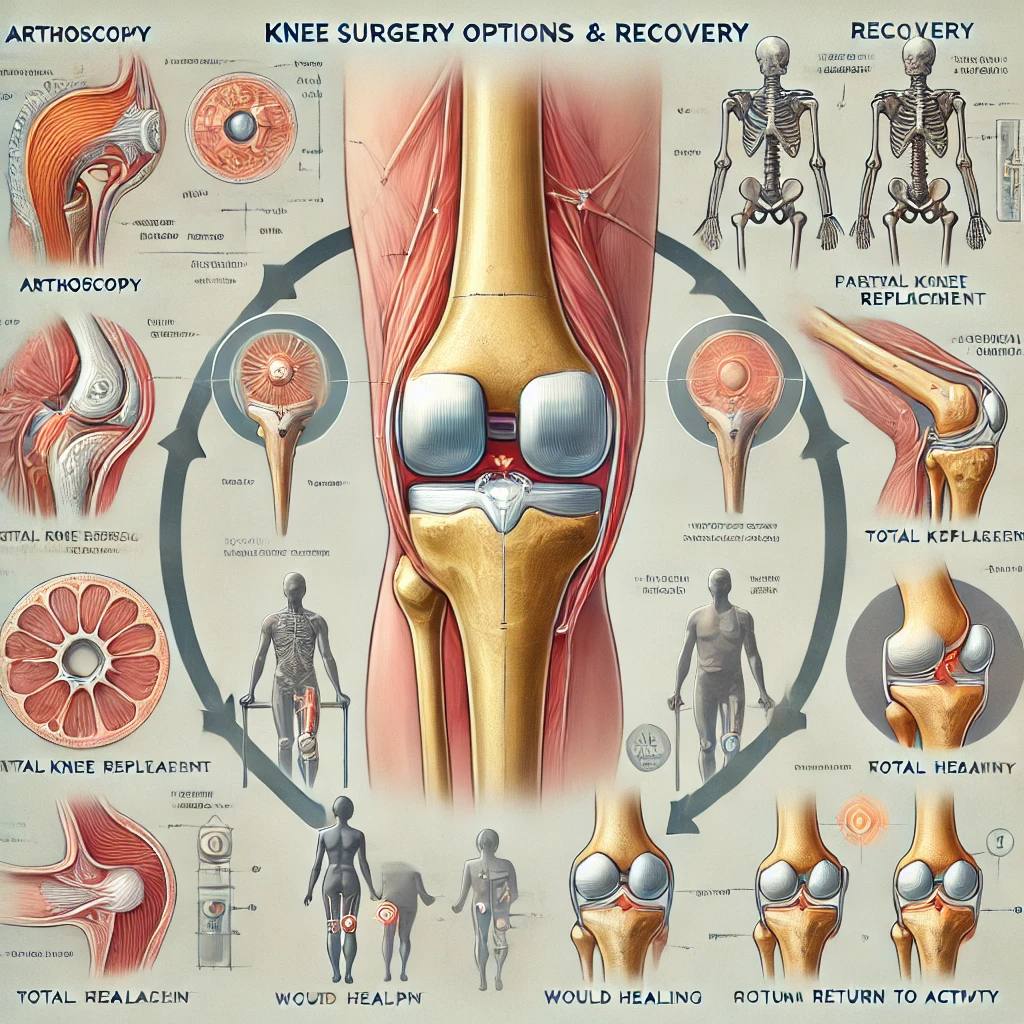

Knee Surgery Options and Recovery
During arthroscopic debridement, small incisions are made around the knee to insert a tiny camera and instruments to remove loose fragments of cartilage or bone and smooth roughened articular surfaces. It provides short-term pain relief but doesn’t address underlying arthritis progression. This outpatient procedure has a relatively quick recovery.
A knee osteotomy realigns the leg and redistributes knee loads to unload damaged areas. The surgeon cuts and reshapes the tibia or femur, then fixes it in place with plates and screws. This delays the need for knee replacement in younger arthritis patients. Recovery takes several months with restricted weightbearing.


After total knee replacement surgery, patients typically stay in the hospital for 1-3 days for pain control and initial recovery. Antibiotics prevent infection and blood thinner injections reduce clotting risk. Occupational therapy starts knee range of motion exercises. Post-op knee swelling is common.
Formal physical therapy generally begins 2-3 weeks after knee replacement once surgical wounds have healed adequately. The therapist helps improve flexibility, gait, and strength through graduated exercises. Progress is gradual over 3-6 months as swelling resolves and mobility improves. Home exercise continues after formal therapy ends. Full recovery takes up to a year.
As a physical therapist with over 30 years of experience, I've helped countless patients identify…
Rheumatoid arthritis (RA) is a chronic autoimmune disease that follows a progressive course, typically worsening…
Discover how to alleviate Knee pain when vacuuming on carpet with our expert tips and…
Discover the best foam padding for carpet knee pain. We review top products to help…
We're analyzing Carpet vs. hard floor knee pressure to help you decide which flooring is…
Discover how Knee bursitis and carpet surfaces are connected in our Ultimate Guide. Learn the…